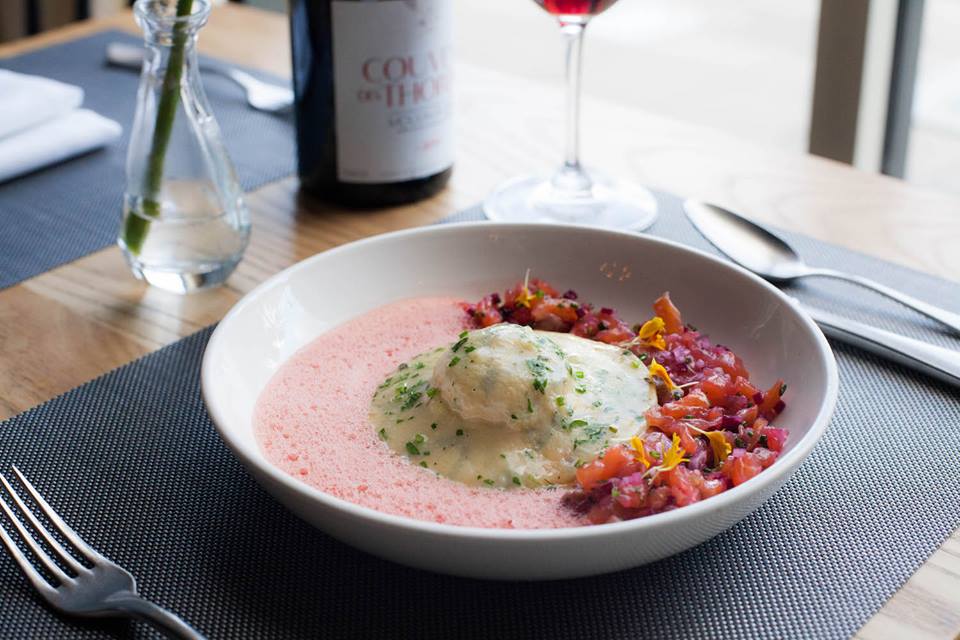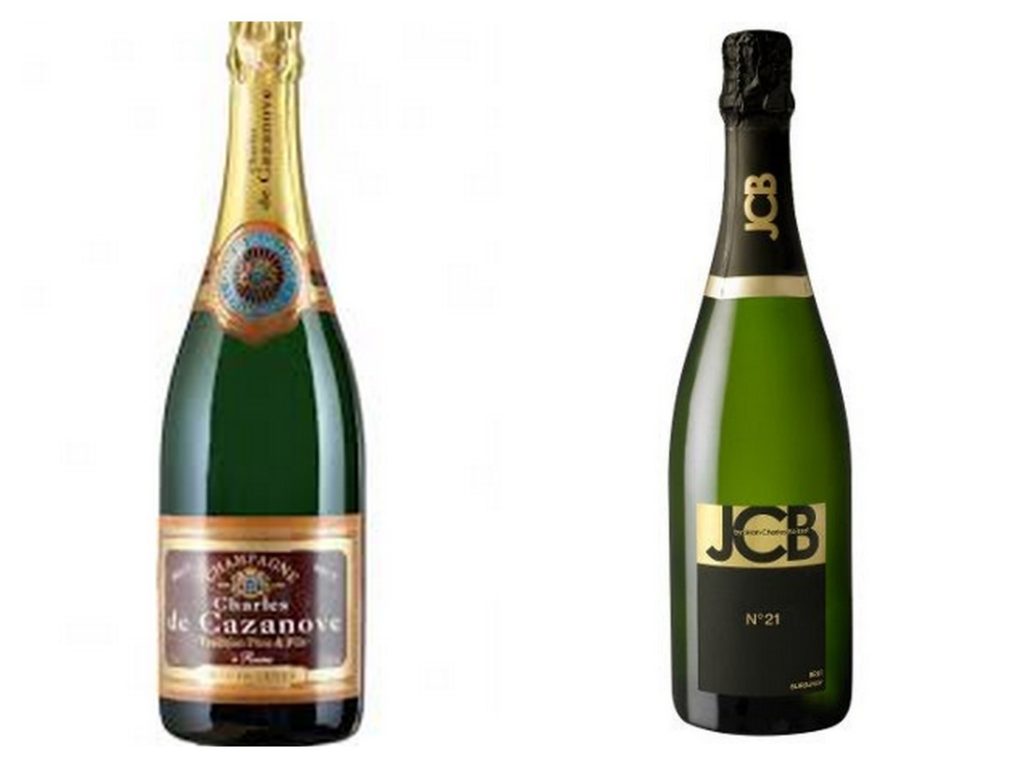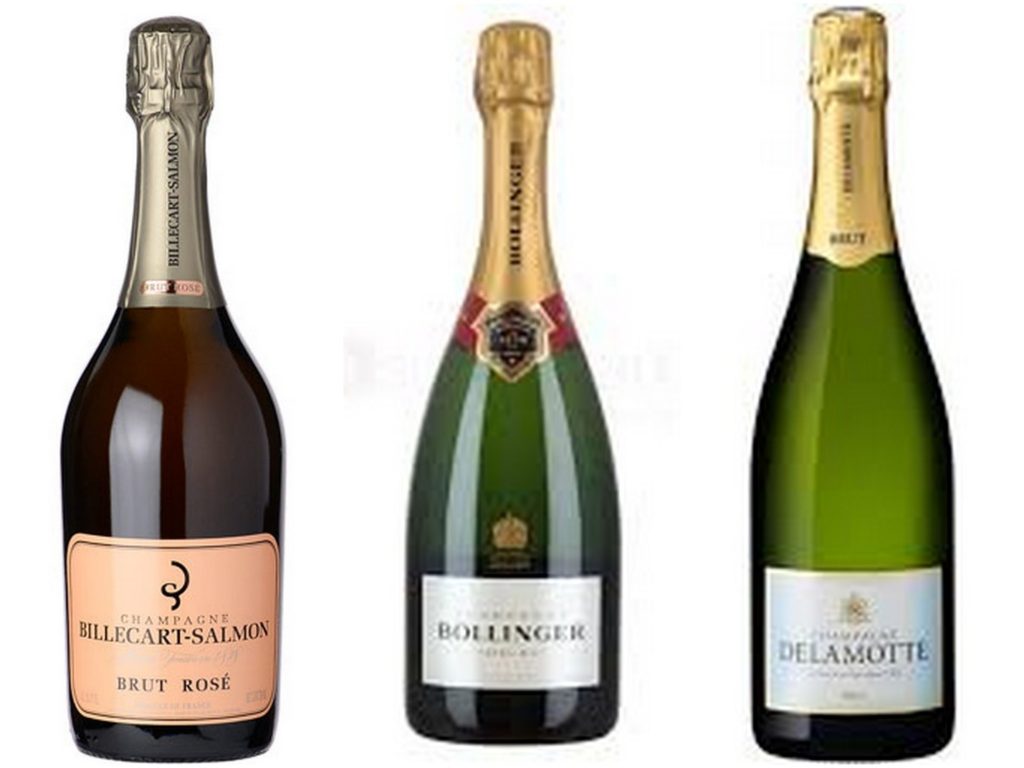Aside from the colorful cornucopia of fall foliage, autumn is the precursor to major food obsessed holidays and cocktail parties – Diwali, Thanksgiving, Christmas, and New Year. There is something positively delicious in the air which makes just about anything taste glorious. And if we had to pick one wine we would need in our life for any and each of these occasions, incontestably it has to be Champagne.
Exciting, Enthralling, Elegant, Energetic…..no other wine perhaps evokes as much emotion or commands celebrity status like Champagne. A shimmering sip of the infamous Bollinger Rose steered me on to the bewitching world of bubbles. From the 56 million exuberant bubbles give or take a few, that explode the moment you crank the cork, mouth-watering acidity, to the lingering brioche/biscuity and nutty nuances, Champagne is a timeless state of happiness in a glass, period.
While Wine making traces back to roughly 7000-6600 BC, to the Neolithic site of the Jihau district in China. The region of Champagne as we know today, earned its place in history as the world’s preeminent producer of sparkling wine, since 1668 when the legendary monk Dom Pierre Perignon arrived at a Benedictine abbey in the heart of Champagne. 1729 saw the launch of the first Champagne House by Nicholas Ruinart of the House of Ruinart.
Interestingly, the first sparkling wine was produced in the Languedoc region in France namd Blanquett de Limoux (sparkling made with the local grape Mauzac). While the plausible secret of sparkling can be credited to an English physician and scientist Christopher Merrett who wrote a paper to the Royal Society entertaining the addition of sugar in bottles of finished wine to create a sparkling wine.
Restaurants, private collectors, distributors are clamoring to secure their allocation of the recently released (disgorged) snazzy sparkling orders before the festivities hit the road. From private parties (trade) to public holiday shows, champagne is flowing-freely across the globe. When Breakthru Beverage, a leading North American distributor of the world’s top luxury and premium wine, spirits, and beer brands decided to showcase their sparkling portfolio, at none other than Orlando’s only French Brassiere – DoveCote, we cleared our calendars.

Before we dive into our delightful tasting, first some fun facts from the seductive world of Champagne.
- True Champagne comes from only one region in the world, also called Champagne, 2 hours drive from Paris, France.
- With a mean annual temperature of only 50°F, blending is essential to Champagne’s character and consistency. All Champagnes are blends of thirty to sixty separate still wines, from across a decade of vintages.
- Only three grapes are authorized to produce Champagne. Chardonnay for finesse, Pinot Noir for aroma and structure, and Pinot Meunier for fruitiness. Non-vintage Champagne use combination of all three grapes, Blanc de Blancs utilize only Chardonnay, and Rose both the Pinots.
- 357 villages are authorized to grape growing with five main districts: Montagne de Reims, Vallée de la Marne, Côte des Blancs, Côte de Sézanne, and the Côte des Bars (the Aube). 44 Premiers Crus villages, 17 Grands Crus villages, and 296 basic cru villages.
- Méthode Champenoise – this painstaking, complex process that creates those tiny revered sparkling bubbles involving a secondary fermentation in the bottle, lasts up to eight weeks. (This merits an entirely exclusive story).
- The sweetness level of Champagne (aka dosage) is listed on the label: Dry (Brut Nature, Brut and Extra Brut, with less than 12 g/l of sugar), Moderately Sweet (Extra Dry, Extra Sec, Sec, 12-32 g/l sugar), and Very Sweet (Demi-Sec and Doux, 32-50+ g/l sugar).
Few of my favorite things – champagne, brunch, french food, all under one roof. Could life taste any better?
Delamotte Brut: – Like it’s sister house, the hedonistic house of Champagne Salon, Delamotte sources it’s Chardonnay from the Grands Crus vineyards of the Côte des Blancs, Le Mesnil-sur-Oger, Oger, Avize and Cramant.
Sleek, sophisticated, and seriously good – Delamotte Brut strikes the right balance of ripe fruit with a charming creamy mousse. Paired with an assorted basket of freshly baked buttery goodness, it was our definition of I died and woke up in heaven, or in this case Paris!
As a staunch advocate of local chef-driven restaurants, it comes as no surprise that we prefer to drink “grower Champagne”, endearingly labeled as farmer’s fizz in support of farmers who work the land. How can you tell if a Champagne is a “grower Champagne”? Check the front label of the Champagne bottle for “RM” – Recoltant Manipulant. RM denotes “I am a grower, who grows grapes in my vineyard, and I made the Champagne too.”
Voirin Jumel NV Brut Tradition: Located in the Grand Cru village of Cramant, Voirin Jumel is a grower champagne, with the singular belief that site and soil are Champagne’s true heart and soul.
Equal parts Chardonnay and Pinot Noir, Voirin-Jumel brut tradition delivers the best bang for the buck and a perfect drinking age – now. We judiciously chose a single pillow of technically perfect ravioli stuffed with soft oozing goat cheese, embellished with the prettiest shades of pink salmon tartare, and bright beet froth that marries magnificently with Voirin Jumel.

If we could only eat one salad from French Land, it would have to be a Lyonnaise Salad at Dove Cote. Adorned with a perfectly poached egg, fresh frisee, honey truffle vinaigrette, and for good measure, a crunchy strip of bacon.
Billecart –Salmon Rose: A family affair since 1818, the Champagne House of Billecart-Salmon boasts an unconventional higher blend of Pinot Meunier and Chardonnay. Billecart Rose’s pale salmon hue, enchanting effervescence, and seductive red fruit transports me to vivid images of the graceful Grace Kelly in her pretty pearls. Even if it’s only for a fleeting moment, we love embracing ourselves as royalty.
Bollinger Special Cuvee: A wine complete in all its exuberant opulence, Bollinger’s non-vintage, or as we prefer, multi-vintage vino is an exceptional example of a Big House delivering consistent stellar standard.
A pinot dominated blend, Bollinger Special Cuvee offers assertive aromas of rich baked apple, filled with nutty nuances. For pairing, from sublime sushi to aged cheeses and ham, Bollinger’s versatility holds no boundaries.
“Madam I would like to make you an omelet”. A defining moment in the magical movie the Hundred Foot Journey resonated the first tip I received from my Swiss Culinary school trained Uncle/Chef Chris Jeswani – “the single measure of a great chef lies in the omelet he makes”. And yes, my uncle did indeed pass on tricks and tips to make the perfect French omelet.
Needless to say Chef Clay Miller passed with flying colors with his Fine Herb Omelet. Delicate layers of softly cooked eggs, laced with savory summer herbs and boursin cheese, served with a lightly dressed green salad, if it wasn’t for the discerning eyes of our fellow wine professionals and the generous addition of salt, I would have been moaning in delight.

Charles de Cazanove Brut Champagne: A superb surprise, easygoing everyday champagne, Charles de Cazanove Brut packs a punch far above its price.
JCB No 21 Cremant de Bourgogne: The new line of sparkling wine from Boisset Collections is known by a number. No. 21 is a brut blend of chardonnay and pinot noir that honors Jean Charles connection and heritage with the holy grail of wines – Burgundy. 21 is the French government’s “Department” number for the Cote d’Or. Fun, lively, and zingy, this American Stallion is sure to put you in the mood.
Since we prefer to categorize Champagne by the house style rather than sugar levels, here is a reference table of producers to explore, to suit a wide spectrum of palates. (Created by Karen McNeil in her Wine Bible).
Light Body: Besserat de Bellafon, Jacquesson
Light to Medium Body: Agrapat, Ayala, Billecart Salmon, Laurent Perrier, Nicholas Feuillatte, Perrier Jouet, Pommery, Tattinger
Medium Body: Delamotte, Jacquart, Moet & Chandon, Mumm, Piper-Heidsieck, Pol Roger, Salon
Medium to Full Body: Gosset, Henriot, Ruinart, Veuve Cliquot
Full Body: Bollinger, Krug, Louis Roederer
Personally for us, Champagne is so much more than a simple toasting wine. Whether it’s sipping leisurely at Sunday brunch, or a quick pick me up at lunch, launch of a delicious evening, or in our case a palate cleanser between those brutally long wine tastings (not that I am complaining). Throw in just about any cuisine in the world, its versatility is boundless. It makes one feel alive!!
Reach out to your local wine merchant where there is a bottle of bubbly waiting with your name on it to add some sparkle in your life. Cheers!
About Author
You may also like
-
Do You Speak Wine? This is Wine Vocabulary 101.
-
My Favorite Person in Wine
-
Education Matters More than Ever! Here’s How Wine Institutes are Coping with Coronavirus! #wine
-
What Makes a Good Wine….Good? #wine
-
First Look at the Trials & Tribulations Facing Orlando’s Local Independent Restaurants During the Covid-19 Pandemic. #orlando

